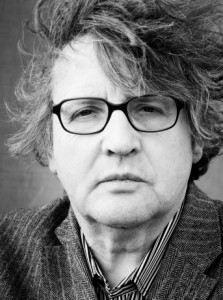 Pulitzer Prize-winning poet Paul Muldoon has been hailed by the Times Literary Supplement as “the most significant English-language poet born since the Second World War.” In addition to earning a bundle of superlatives, he is also a professor at Princeton University and the poetry editor at the New Yorker. He is musically inclined, and plays guitar in the rock band, The Wayside Shrines. He released a volume of lyrics called The Word on the Street in 2013. And, before his day jobs were entirely belletristic, he worked as a TV and radio producer for the BBC.
Pulitzer Prize-winning poet Paul Muldoon has been hailed by the Times Literary Supplement as “the most significant English-language poet born since the Second World War.” In addition to earning a bundle of superlatives, he is also a professor at Princeton University and the poetry editor at the New Yorker. He is musically inclined, and plays guitar in the rock band, The Wayside Shrines. He released a volume of lyrics called The Word on the Street in 2013. And, before his day jobs were entirely belletristic, he worked as a TV and radio producer for the BBC.
It is probably not surprising that such an accomplished poet was precocious. As a university student in Belfast, he was taught by Nobel laureate and poet Seamus Heaney. The reality is a tad fuzzy — even Muldoon can’t recall it precisely — but the legend goes that the young Muldoon sent his poetry to Heaney, asking him to tell him what was wrong with it. Heaney replied, tersely, with “Nothing.” This intergenerational bond, from one great Northern Irish poet to another, was for Muldoon, more than a special meeting of minds.
Seamus Heaney was substantially responsible for jump-starting Muldoon’s literary career. Heaney connected this young talent with the poetry editor at Faber & Faber, enabling Muldoon to publish his first collection of poetry while he was still a student, at the age of 21. After graduation, he began working for the BBC in Belfast, before finding work in academia. He taught at Cambridge and East Anglia, before working at Oxford as a poetry professor until 2004.
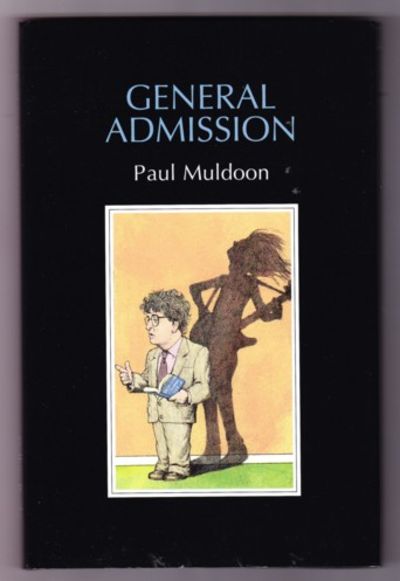
General Admission by Paul Muldoon. Loughcrew: The Gallery Press, 2006. First edition, limited issue of 100 numbered copies signed by Muldoon on the title page. Copy #67. Rear board upper corner bumped with corresponding creasing on twenty text pages upper corners and on the dustjacket. Very Good condition in a Very Good dustjacket. Signed by Author. First Edition. Hardcovers. 8vo - over 7¾" - 9¾" tall. Limited Edition. Offered by Revere Books.
Today, Muldoon has stable roots in America, where he now resides. He lives in Princeton, with his two children and his wife, in a house which was once a tavern where George Washington spent some time. He recently showcased his New York office for a New York Times magazine feature about where writers write. One may agree that Muldoon has quite impressive taste in antique furniture.
But what of his poetry? Few would protest that Muldoon is a grand wordsmith. He is perpetually after the most precise language, whether it means playing with Irish dialects, arcane disciplines, or whatever mood fits his work. Take this threnodic line he wrote in his most recent book, One Thousand Things Worth Knowing, dedicated to his recently departed hero: “I cannot thole the thought of Seamus Heaney dead.” Thole, or "to tolerate or bear without evidence," is an archaic Scottish word that many contemporary dictionaries are likely to neglect. Yet for the remembrance of Heaney, the fellow Celt who famously vivified Beowulf in his masterful translation, Muldoon’s labor is expertly placed.
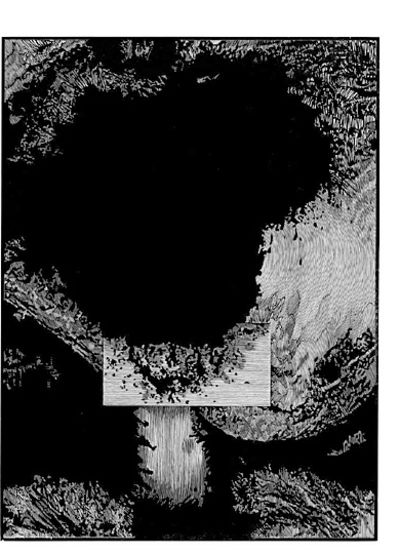
Encheiresin Naturae; Barry Moser / Fifteen Abstract Engravings; Paul Muldoon / One Heroic Crown Of Sonnets
Santa Rosa, CA: Nawakum Press. Fine. 2015. Signed by Author. Cloth. In Encheiresin Naturae each of Muldoon's sonnets is paired opposite a Moser engraving, which has been printed directly from the block. These new non-representational images mark a major departure in the engraver's work. Moser was trained early on as an abstract painter in the halcyon days of the Abstract Expressionists, and these engravings are, in a manner, a return to beginnings. Jasper Johns refers to them as "terrific and surprising." ; In a remarkable edition from Nawakum Press the American book designer, illustrator, printmaker and fine press publisher Barry Moser collaborates for the first time with Irish poet Paul Muldoon. Muldoon is currently a professor at Princeton University, winner of the Pulitzer Prize, and Poetry Editor of The New Yorker magazine. Fifteen abstract relief engravings were invented and engraved by Moser in his studio in Hatfield, Massachusetts, inspired by a phrase from Goethe's Faust referencing an alchemist's experiments in "manipulating nature." Muldoon was asked to respond poetically to these images and he chose an advanced form of a crown of sonnets, known as a heroic crown. Each of the sonnets is linked to the succeeding sonnets by repeating the final line of the preceding sonnet as its first line. The first line of the first sonnet is repeated as the final line of the final sonnet. The sequence thus comes full circle. Offered by Books Tell You Why, Inc.
Proving that his work is not likely to get boring any time soon, Paul Muldoon’s recent project is Encheiresin Naturae, published this year by Nawakum Press. The project, whose title is borrowed from a line from Goethe about the alchemist's manipulation of nature, originated with artist Barry Moser. Moser's original engravings were the backbone of the book. Muldoon, using his artwork as inspiration, composed a heroic crown of sonnets to elegantly complement them. This audacious “crown” follows a specific construction. Each sonnet takes on one aspect of a theme that unites every one. Each sonnet is linked, too, as the final line of the preceding sonnet is to begin the current one. Then, a final sonnet emerges, made up of the first lines of the first fourteen sonnets, in order. As a visual, textual, artisanal, and artistic fine press experience, Encheiresin Naturae awards its readers with its manifold rich layers.
Encheiresin Naturae is exactly the kind of project that could provide welcome variety for even someone as artistically adventurous as Muldoon. The book is supremely well-crafted by Nawakum. Its printing runs an intimate fifty copies (of which only forty are available through vendors), and each illustration was pressed from the original block. For the writer who’s been declared the best of his generation, who plays guitar in a rock band and edits poetry for the New Yorker, we wouldn’t expect anything less interesting.
 Search for items by Paul Muldoon...
Search for items by Paul Muldoon...
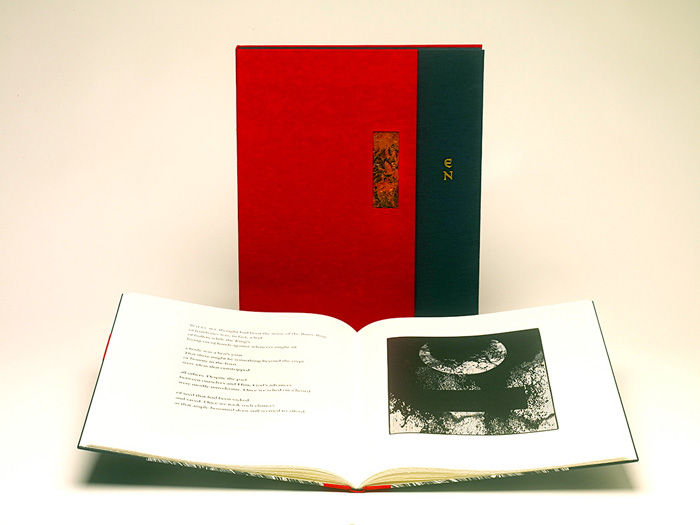
Encheiresin Naturae Fifteen engravings by Barry Moser and a heroic crown of sonnets by Paul Muldoon. Santa Rosa, California: Nawakum Press, 2015. 14 x 18.25; 76 pp. Edition of 50, 40 numbered copies for sale and 10 copies, lettered A to J, hors de commerce. The paper is mouldmade Zerkall and handmade Twinrocker. The binding is half leather with marbled paper over boards. In a drop spine box covered with scarlet Japanese cloth and featuring an embedded, hand-hammered and annealed copper plate. Three prints from the book are housed in a Saint-Armand handmade paper chemise.
Nawakum Press: "Encheiresin Naturae is a creative collaboration between Barry Moser, the renowned American artist, and Paul Muldoon, the Pulitzer Prize-winning Irish poet. Moser's strikingly new abstract images, invented and engraved for this Nawakum Press edition, intimately consort with Muldoon's new and powerful, unpublished poems.� "Fifteen abstract relief engravings were invented and engraved by Moser in his studio in Hatfield, Massachusetts in 2014. They were inspired by the phrase encheiresin naturae taken from reading Goethe's Faust, referencing an alchemist's experiments in "manipulating nature." Muldoon was asked to respond to the images poetically, and he chose an advanced form of a crown of sonnets, known as a sonnet redoublé, or heroic crown of sonnets for his tour-de-force response. [A crown of sonnets is a sequence of sonnets on a single theme, each exploring one aspect of the theme, linked by repeating the final line of the preceding sonnet as the first line of the next. In an advanced form, the heroic crown of sonnets or sonnet redoublé, the final sonnet is made up of all the first lines of the preceding fourteen, in order.� "In Encheiresin Naturae each of Muldoon's sonnets is paired opposite a Moser engraving, which has been printed directly from the block. These new non-representational images mark a major departure in the engraver's work. Moser was trained early on as an abstract painter in the halcyon days of the Abstract Expressionists, and these engravings are, in a manner, a return to beginnings. Poet John Ashbery has referred to Moser's work as 'never less than dazzling.' Jasper Johns refers to these images as 'terrific and surprising.'"� Offered by Vamp & Tramp Booksellers, Inc.
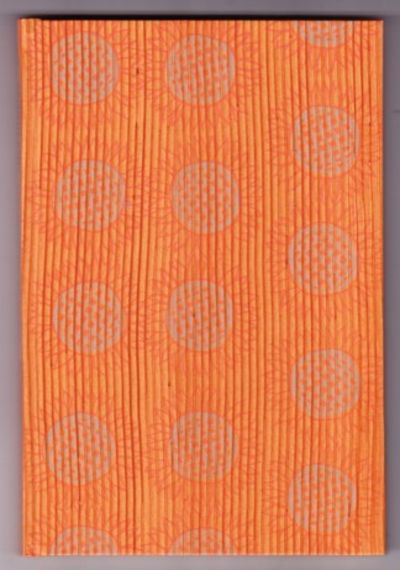
Hopewell Haiku by Paul Muldoon. Easthampton: Warwick Press, 1997. First edition, limited to 150 unnumbered copies signed by Muldoon and Carol J. Blinn. Designed, illustrated, letterpress printed and bound by Blinn. Decorated paper-covered boards with printed label on backstrip. Typeface Optima on Hahnemuhle's moldmade Biblio paper. Hardcovers. 12mo - over 6¾" - 7¾" tall. Offered by Revere Books.
---
This post originally appeared on blogis librorum, the blog of Books Tell You Why, Inc.


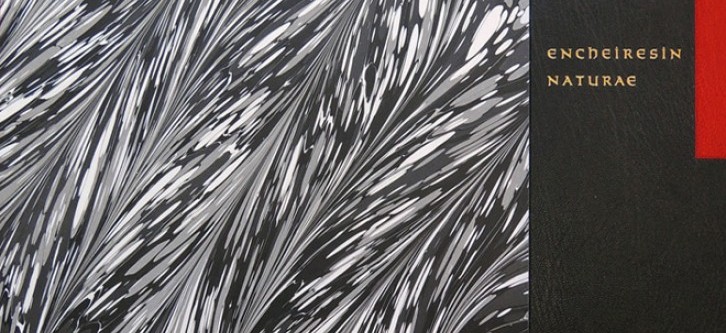



 Search for items by Paul Muldoon...
Search for items by Paul Muldoon...
